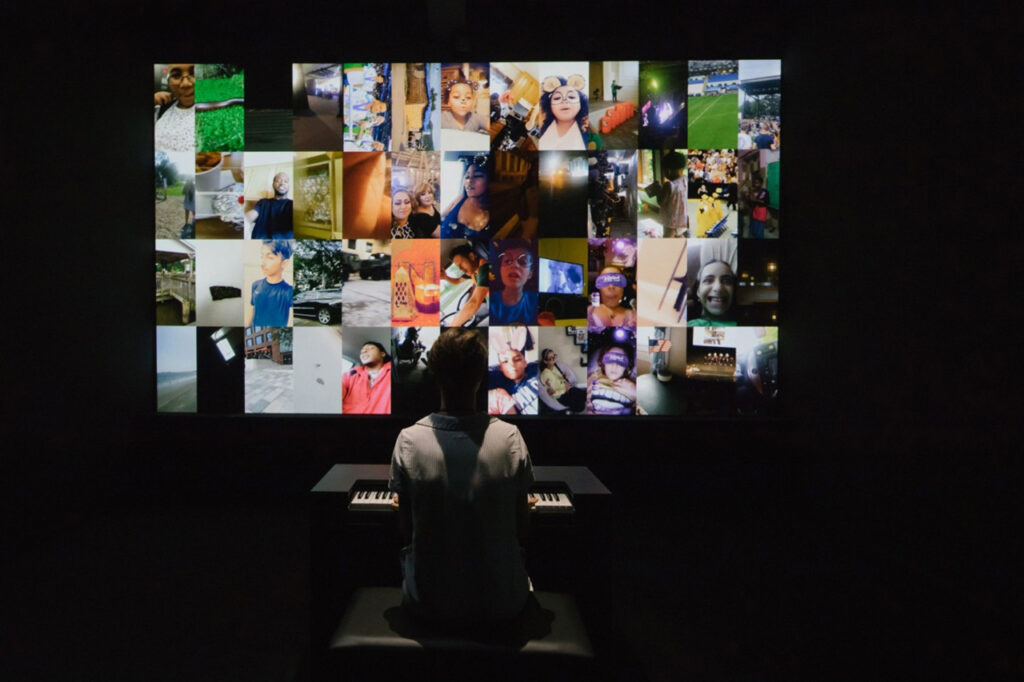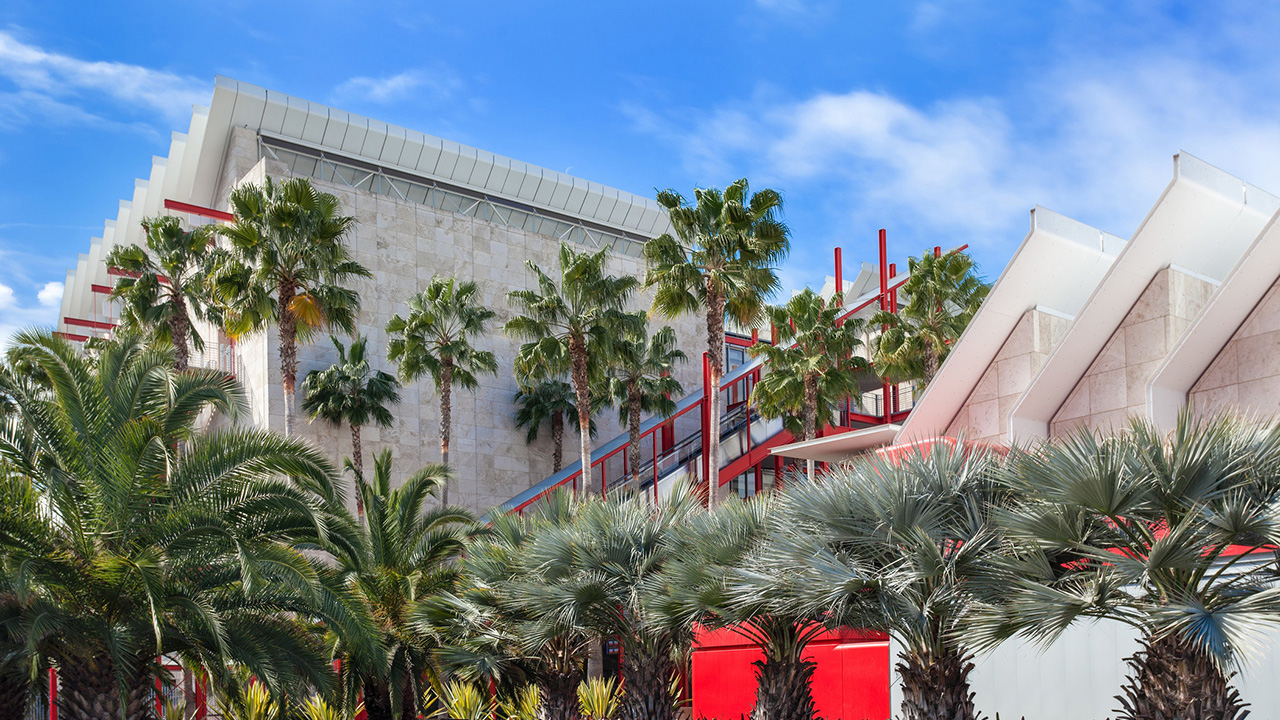Way back in 2014, the Los Angeles County Museum of Art (LACMA) made quite the splash when it became the first museum to launch itself on Snapchat. Unleashing snaps that paired classical paintings with snarky captions, the institution’s account went instantly viral in a way best termed, in social media parlance, as “killing it.” It marked LACMA’s first immersion in Snapchat, though in no way its last.
Last December, LACMA announced its newly minted collaboration with Snap Inc — Monumental Perspectives, a multiyear initiative that will connect local artists and technologists from Snap’s Lens Creator community to create augmented reality (AR) monuments and murals throughout Los Angeles. Rolling out in early 2021, these virtual works will be exclusively available on the Snapchat app.
The first batch of artists are currently at work. I. R. Bach, Mercedes Dorame, Glenn Kaino, Ruben Ochoa, and Ada Pinkston are set to examine Los Angeles’ history and cultural landscape, interrogating issues from land acknowledgement to societal inequities through Snap’s cutting-edge tech. As Bach succinctly puts it, “AR is the perfect format to generate empathy and help us imagine a new kind of world.”
This initiative follows LACMA and Snapchat’s previous collaborative endeavors — Christian Marclay’s 2019 exhibition Sound Stories and other projects as part of the LACMA Art + Technology Lab grant program — that likewise, deploy tech for artistic purposes. It also arrives at a moment when museums and tech companies are joining forces with increasing frequency to broaden viewing experiences, particularly as lockdowns persist. The pandemic, Rita Gonzalez, Head of Contemporary Art at LACMA, tells Jing Culture & Commerce, “definitely accelerated the project, as we’re looking for different avenues to connect with and expand the museum audience.”
Below, Gonzalez sheds more light on the institution’s latest partnership with Snap and their shared artist-first approach.
How is Monumental Perspectives different from LACMA and Snap’s previous collaborations?
The first around [for Sound Stories] was more in-keeping with the way we, as a museum, combine art and technology. It’s typically been how artists have used a form of technology in a traditional exhibition environment. This time, we have the opportunity to expand out into the public. It’s not residing in a gallery or in a traditional museum environment; the potential for expansion is broader and more global.

Christian Marclay’s Sound Stories sourced millions of publicly posted snaps for five immersive audiovisual installations. Image: LACMA
What’s the role of AR in this project?
It’s been interesting to think about how to connect AR to certain interests that we have, using AR to address the current state of affairs and this moment where we’re questioning the role of monuments in making history. We also have this really interesting mix of people across the museum who are thinking about territorial issues, the contemporary moment, education, and conservation, so it’s a cross-department effort that allows us to think of AR in not just one way.
What’s your take on Snapchat as a platform for art?
I think there’s a lot of potential and a lot of interest in the company to do innovative things in the cultural sphere. Snap is very interested in following the lead of artists. So when we started to work on this project, they wanted us, a group of curators across departments, to propose the list of artists, and they wanted us to initiate the dialog and the working relationships with the artists. They’re very trusting and open to letting the artist lead the project and offering the technology to support. The people we’re working with at Snap are producers and facilitators rather than just saying, “This is the technology and it’s one-size-fits-all.”
What considerations should museums undertake in such art and tech crossovers?
We’re not thinking about technology in a restricted way and not centering the museum in that conversation. In other words, we let artists come in, and use the resources and platform we provide, which, in our Art + Technology program, includes connections to companies like SpaceX, NVIDIA, or Snap. We let them use it really broadly. Some projects are cosmological, some are geological — they’re all driven by the artists. So it’s more about what the museum can provide as a facilitator or point of intersection between art and technology.



